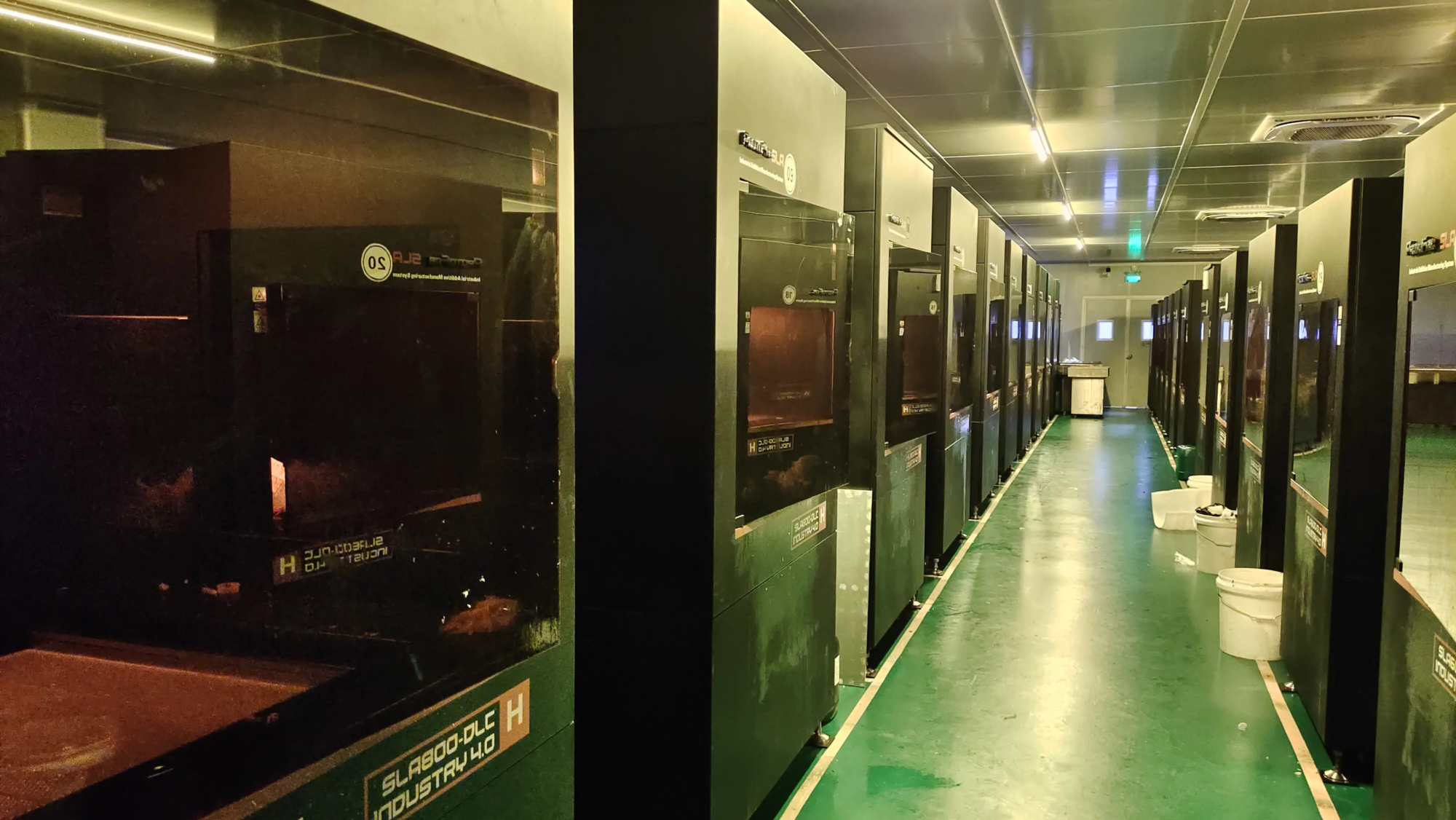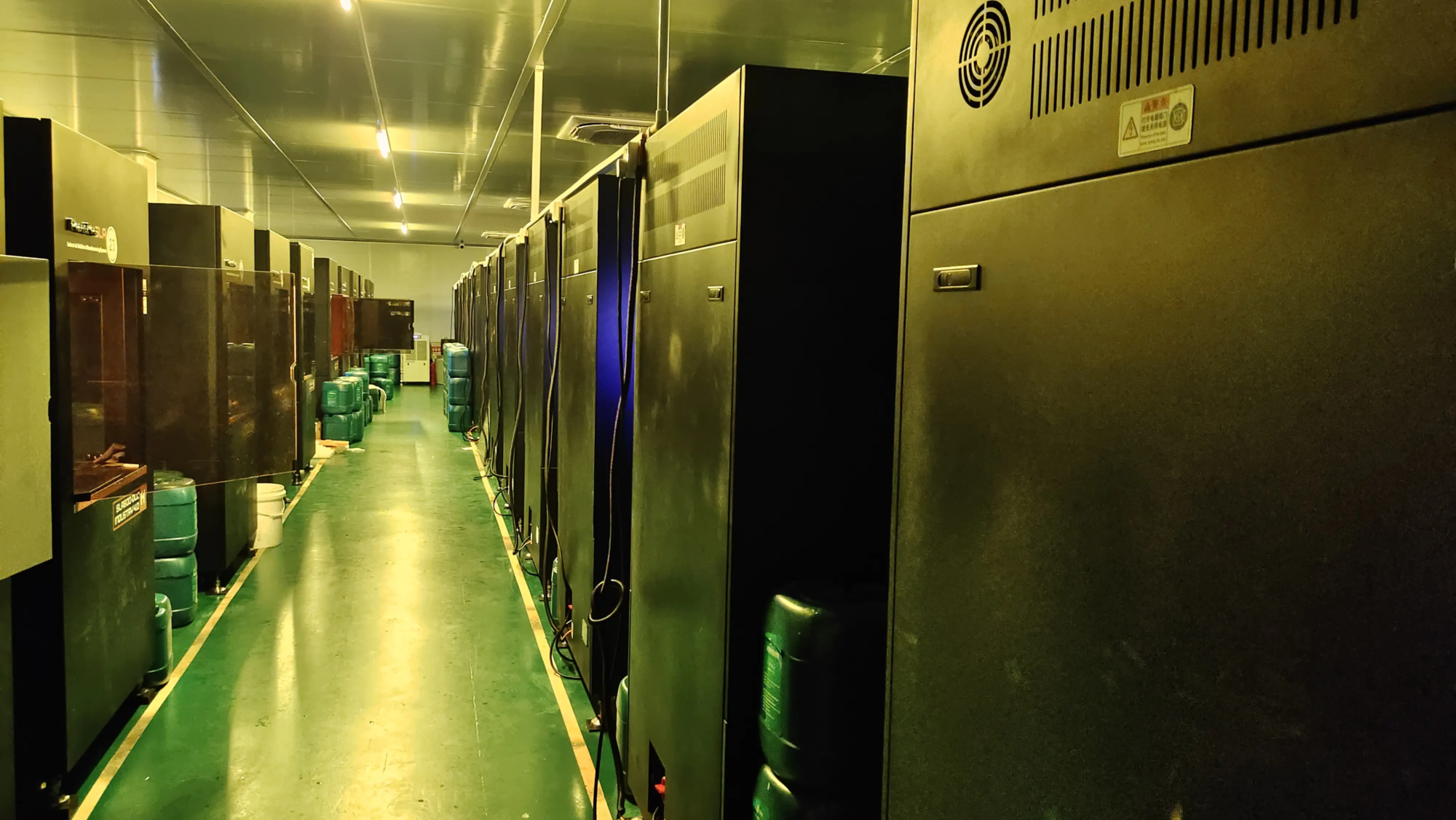On May 2, 2025, the American army was testing a new drone system – which not only considerably reduced manufacturing costs, but “hears” enemy signals. Behind this is another breakthrough of 3D printing technology in military applications.
It is reported that the American army increases a advanced plan to use the 3D FDM printing technology (melted deposit modeling) to create small drones with electromagnetic signal detection capacities. The first batch of prototypes has been completed and is expected to be tested on site in military exercises in Poland next month to assess the combat performance of these systems under the initial conditions of the traditional military system.
Independent manufacturing, on -site printing: 3D printing breaks the barriers of the traditional military industry
The program is led by the second multi-domain effect battalion parked in Maypastel, Germany, and delivered seven prototype drones. Each drone is equipped with electromagnetic sensors that can detect mobile phones, wireless routers, WLAN signals and even radar systems, which are targets that traditional cameras are difficult to identify. This type of capacity is of great value in battlefield environments where enemy electronic signals are sensitive but optically invisible.
The project is led by a team led by the second level Warrant Officer Chris Lile, and the entire process is completed at the station, from the structural design of the drone to debugging flight performance. With 3D FDM printers, they can print drone boxes and structural parts directly in the camp for rapid and durable local manufacturing.
The cost is only US $ 2,000, well below the military market standard
In terms of manufacturing costs, general costs per drone are checked between $ 2,000 and $ 3,000, less than a tenth of the price of military quadcopters available in the commercial (around $ 28,000), showing the high potential for reducing 3D printing costs in military manufacturing.
Although technology is still in the R&D phase, the team recorded more than ten successful flights. Chris Lair admitted that the first tests did not go well and that some prototypes were out of control and crashed. However, after several cycles of improving iteration, reliability has been considerably improved.
Despite rapid progress in the project, the slow approval process remains a major obstacle to technical deployment. Depending on reports, this can take several months from the project submission to approved applications, which challenges rapid deployment. In addition, although most electronic parts can be purchased on the market, some components must be imported from specific countries, which increases not only supply costs, but also extends the delivery cycle. In response, Lieutenant-Colonel Aaron Rittsemá stressed that the team considers “internal manufacturing capacities” as a key asset on the battlefield in the future.
For the future, this project demonstrates the great potential of 3D printing in the rapid deployment of war, personalization of small lots and distributed manufacturing. When the shortage of materials on the battlefield or the logistics chain is interrupted, troops will be able to count on their own 3D printing capacities to produce urgent equipment on site, considerably improving the independent combat and emergency intervention capacities of combat units.





